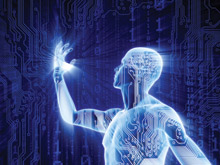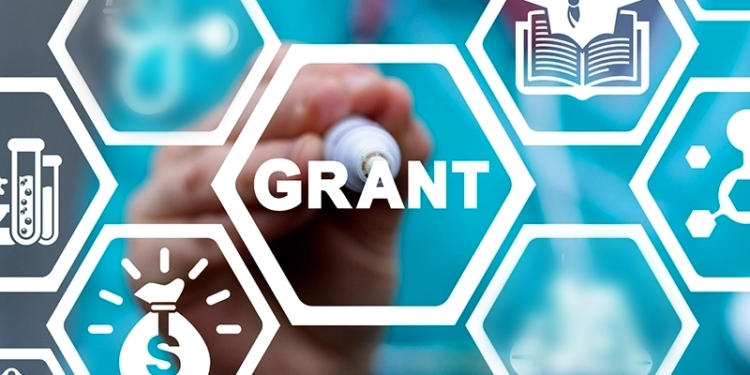
Amputation affects the peripheral nervous system and the central brain structures including the motor and somatosensory cortices. Although the brain’s plasticity offers the potential to reorganize neural pathways based on new experiences, such as to compensate and adapt for lost function and/or to maximize remaining functions, a traumatic amputation may prevent these adaptations and compensations from occurring. A team of scientists from Italy and the United Kingdom have demonstrated that the re-establishment of central-peripheral communication with the lost limb following implantation of multielectrode arrays inside peripheral nerves produced plastic reorganization, not only restructuring contralateral directly-connected control areas, but also their functional balance within the bihemispheric system necessary for motor control.
Their results were published in the August issue of Restorative Neurology and Neuroscience.
“The results of this study confirm that neural interfaces are optimal candidates for hand prosthesis control,” lead investigator Camillo Porcaro, PhD, university research fellow with the Institute of Neuroscience, Newcastle University, Medical School, Newcastle upon Tyne, United Kingdom, and researcher with the Institute of Cognitive Sciences and Technologies, Rome, Italy, was quoted as saying in an IOS Press press release. “They establish communication channels needed for natural control of the prosthesis. Furthermore, neural interfaces recreate the connection with the environment that promotes restorative neuroplasticity. Bihemispheric networks regain the physiological communication necessary for motor control.”
Editor’s Note: This story was adapted from materials provided by the IOS Press and the journal Restorative Neurology and Neuroscience.




